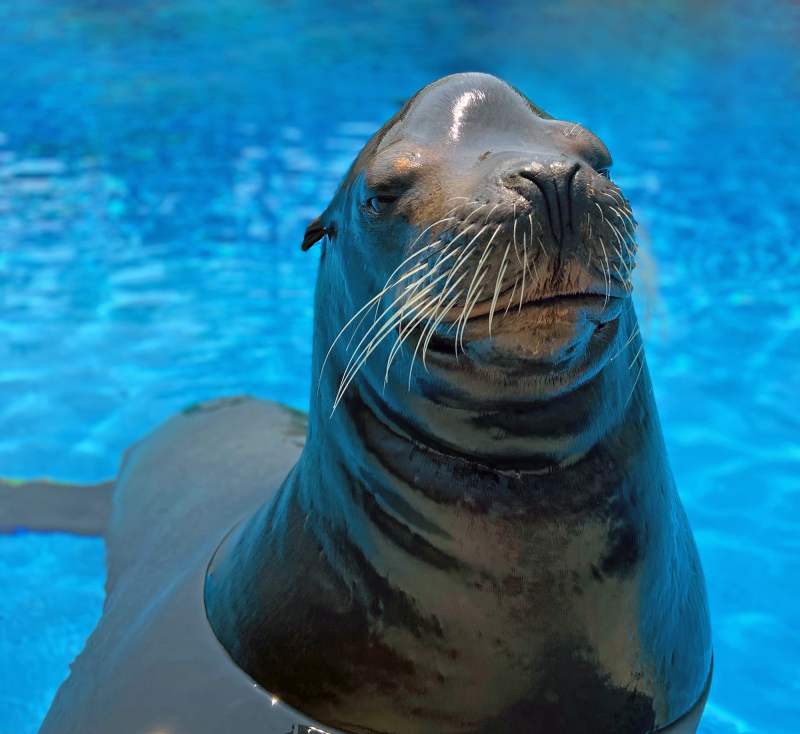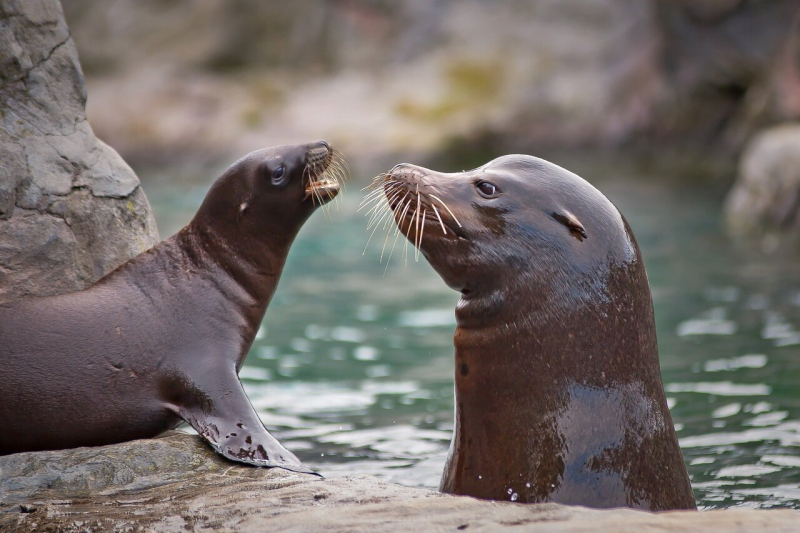Sea lions
Pinnipeds known as sea lions have large chests and bellies, external ear flaps, lengthy foreflippers, the ability to move on all fours, and short, dense hair. They make up the family Otariidae, or eared seals, together with fur seals. There are five genera and six living species of sea lions, including one extinct species (the Japanese sea lion). With the remarkable exception of the northern Atlantic Ocean, their distribution spans the subarctic to tropical seas of the entire world's oceans in both the Northern and Southern Hemispheres. They often live for 20 to 30 years.
The physiology of sea lions is made up of a variety of parts, and these mechanisms govern some aspects of their behavior. Thermoregulatory, osmoregulatory, reproductive, metabolic, and many other elements of sea lion ecology, including but not limited to their capacity for deep diving, are all governed by physiology. The bodies of sea lions regulate blood flow, digestive rate, gas exchange, and heart rate to allow people to dive for extended periods of time without experiencing the negative consequences of high pressure at deep.
Another significant predator of sea otters is the sea lion. The majority of sea lions consume a variety of seafood and are not fussy eaters. Their nutrition varies regionally and has undergone tremendous modification throughout time. Squids, whiting, lamprey, herring, dogfish, anchovies, rockfish, sand lance, arrowtooth flounder, salmon, and clams are among the other species that sea lions eat in addition to sea otters. They also eat crabs, birds, cephalopods, and occasionally other pinnipeds. Californian sea lions frequently interact with other animals, such seabirds and dolphins, when eating.










